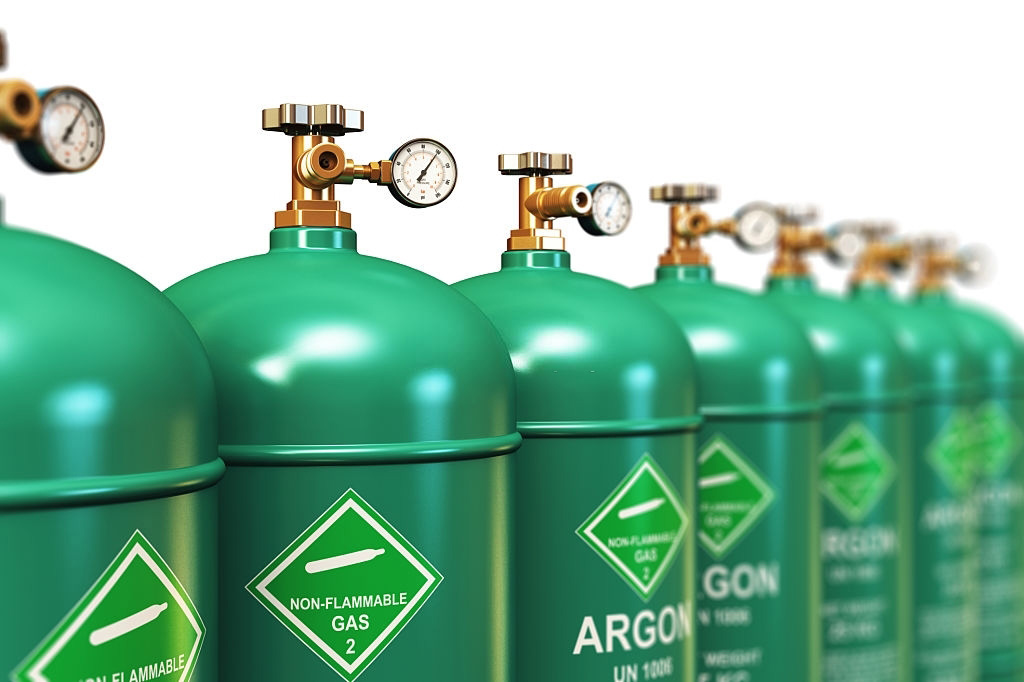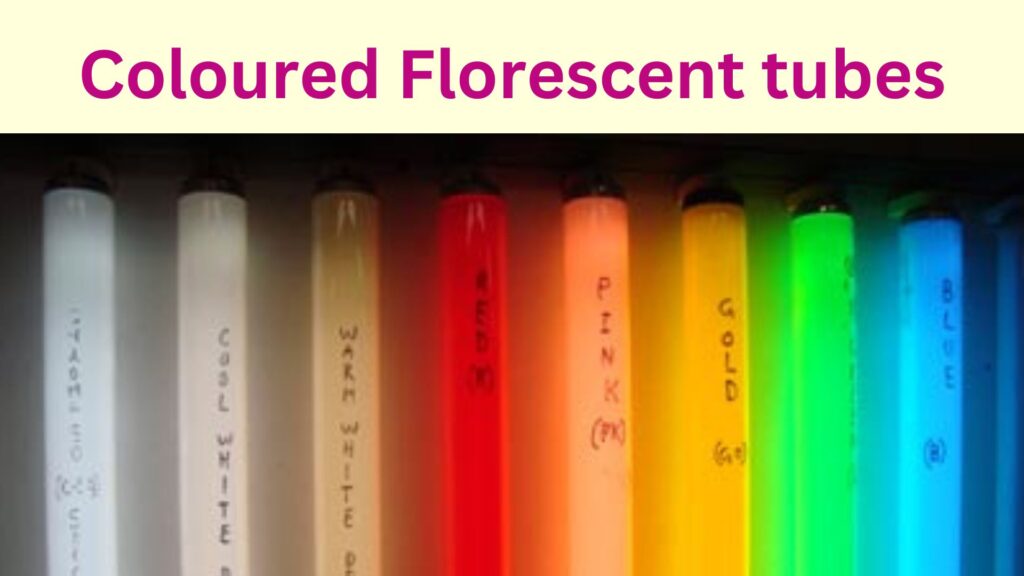Fluorescent tubes are a common and efficient source of artificial light used in various settings, from residential homes to industrial spaces. Unlike traditional incandescent bulbs that generate light through the heating of a filament, fluorescent tubes rely on a completely different mechanism involving gas and electrical discharge. This process not only enhances the efficiency of these tubes but also extends their lifespan, making them a popular choice for many lighting applications. Central to the operation of fluorescent tubes is the use of gas, specifically a low-pressure mercury vapor, which plays a crucial role in the generation of light. When an electric current passes through the tube, it excites the mercury vapor, causing it to emit ultraviolet (UV) light. This UV light then interacts with the phosphor coating inside the tube, converting it into visible light.
- Complete guide to Florescent tube ballast
- 20 interesting facts about tubelights
- Advantages and disadvantages of florescent tubelights
Which gas is filled inside Florescent tubelight ?

Fluorescent tubes are typically filled with a low-pressure gas mixture that primarily includes mercury vapor and an inert gas such as argon, neon and krypton. The inert gas filled inside the florescent tubelight, helps to initiate and maintain the electrical discharge within the tube. It reduces the voltage needed to start the lamp and ensures a stable arc discharge. Inert gases are chemically non-reactive, ensuring they don’t interfere with the operation of the tube.
How gas Initiates the operation of florescent tubelights?
The inert gas assists in the initial ionization process, allowing the electric current to flow through the tube. Once the current flows, the mercury vapor emits UV light, which then interacts with the phosphor coating inside the tube, converting the UV light into visible light.
Why gas is required for Florescent tube operation ?
Gas is required for the operation of fluorescent tubes to facilitate the production of light through a process known as gas discharge. When the tube is powered, an electric current passes through the gas-filled tube, ionizing the gas and creating a plasma. This plasma state is essential for the movement of electrons, which collide with mercury atoms present in the tube. These collisions excite the mercury atoms, causing them to emit ultraviolet (UV) light. However, UV light is not visible to the human eye, so the inside of the fluorescent tube is coated with a phosphor material that absorbs the UV light and re-emits it as visible light. The inert gas, typically argon or neon, assists in initiating and maintaining the discharge process by lowering the voltage required to start the lamp and stabilizing the arc. Without the gas, the electric current could not flow effectively, and the necessary conditions to produce UV light—and subsequently visible light—would not be achieved, rendering the fluorescent tube inoperative.
Do all types of colored fluorescent tubes use the same gas?

Yes, all types of colored fluorescent tubes typically use the same basic gas mixture, which includes low-pressure mercury vapor along with a small amount of an inert gas like argon or a mixture of argon and krypton. The different colors are achieved by varying the composition of the phosphor coating inside the tube, rather than by changing the gas such as
| Cool White | Calcium tungstate (CaWO4), Magnesium tungstate (MgWO4) |
| Warm White | Calcium halophosphate with manganese and antimony (Ca5(PO4)3(F,Cl):Sb ) |
| Daylight | Calcium halophosphate with varying activators, often with blue-emitting phosphors added |
| Soft White | Calcium halophosphate with varying proportions of blue and red phosphors |
| Deluxe Warm White | Strontium chloroapatite with europium (Sr5(PO4)3Cl ) |
| Deluxe Cool White | Combination of blue, green, and red phosphors for a balanced white light |
| Red | Yttrium oxide sulfide with europium (Y2O2S ) |
| Green | Zinc orthosilicate with manganese (Zn2SiO4 ) |
| Blue | Barium magnesium aluminate with europium (BaMgAl10O17 ) |
| Yellow | Magnesium arsenate with manganese (Mg3(AsO4)2 ) |
Can a fluorescent tube still work after it breaks and gas escapes?

No, a fluorescent tube typically cannot function properly after it breaks and releases its gas. The gas inside, usually mercury vapor, is essential for the tube to produce light through the excitation of phosphor coating on the tube’s inner surface. If the tube breaks and the gas escapes, it disrupts this process, making the tube unable to generate light.